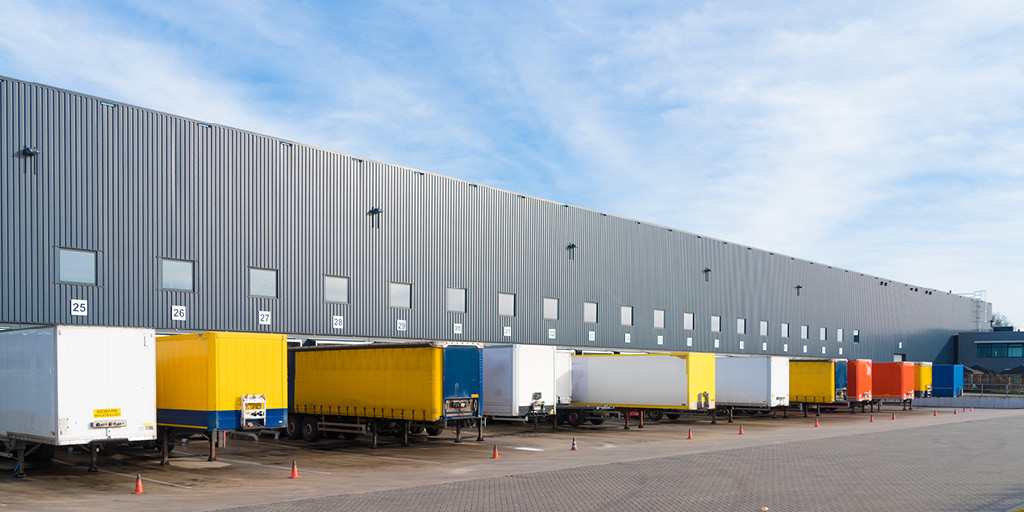Businesses across the board thrive when they consistently analyze areas to reform or streamline for maximum productivity. Using a strong freight modeling strategy can be a viable and effective way to prepare for possible disruption scenarios and execute a plan to minimize impact to cost and service.
What Is Freight Modeling?
Inbound Logistics reports on modeling saying, “Preventive technological approaches can give companies a competitive edge in essential deciding factors. This starts with being proactive, and not reactive, and blazing a new trail for logistics and shipping for the better.”
This type of transportation optimization is best used to analyze options across intermodal methods. Shippers may be able to utilize dynamic routing easily with truck carriers in the face of current or potential problems.
However, thorough freight modeling helps you consider future scenarios with rail transportation and yard management as well. These transportation management services help you reduce rework and improve visibility into all possible “what-if” scenarios.
How Freight Modeling Improves Shipping Throughput
Additional Benefits of Freight Modeling
Shippers who successfully incorporate freight modeling can apply the principles into transportation network modeling. Much of load management is accomplished in selection of the transportation to it’s final destination. By applying the same methods of modeling to the transportation needs of your business, you can make better choices about which carriers to use.
Freight modeling can also consider growth factors and deliver additional benefit. For instance, as ports continue to work through a backlog of containers, shippers have more room to build more relationships with customers and move more product into their hands in a timely manner. One transportation user that sees the need for modeling is the federal government. As the U.S. Department of Transportation creates freight models for its own freight needs, it could be a profitable partnership for shippers who do the same.
Calculate your potential Saving While Using an enterprise TMS
Streamline Freight Modeling to Overcome Disruption With MercuryGate
As shippers look at the freight transportation services landscape, minimizing disruption in your own corner of the supply chain is key.
If you’re a shipper who is ready to take this next step toward improving your overall profit and workflow, request a demo with MercuryGate today.


